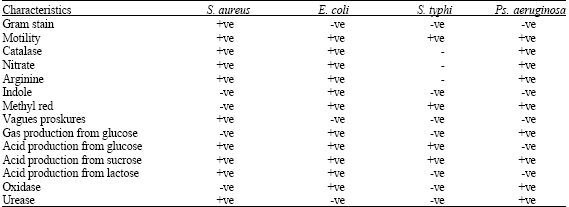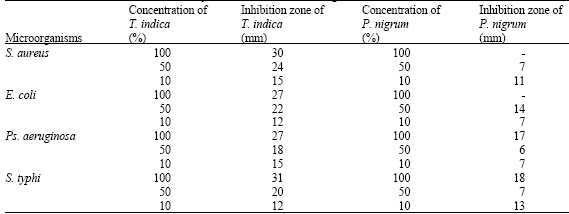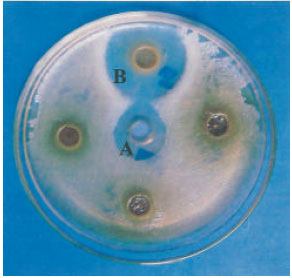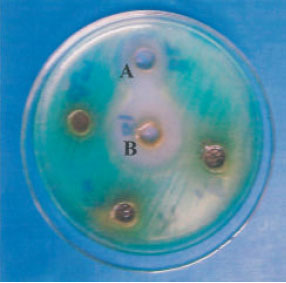Research Article
Antibacterial Activity of Tamarindus indica Fruit and Piper nigrum Seed
Food Research Centre, P.O. Box 213, Khartoum North, Sudan
Fathia Mohamed
Faculty of Science and Technology, El Neelain University, P.O. Box 12702, Khartoum, Sudan
Amel O. Bakhiet
College of Veterinary Medicine and Animal Production, Sudan University of Science and Technology, P.O. Box 204, Khartoum North, Sudan















